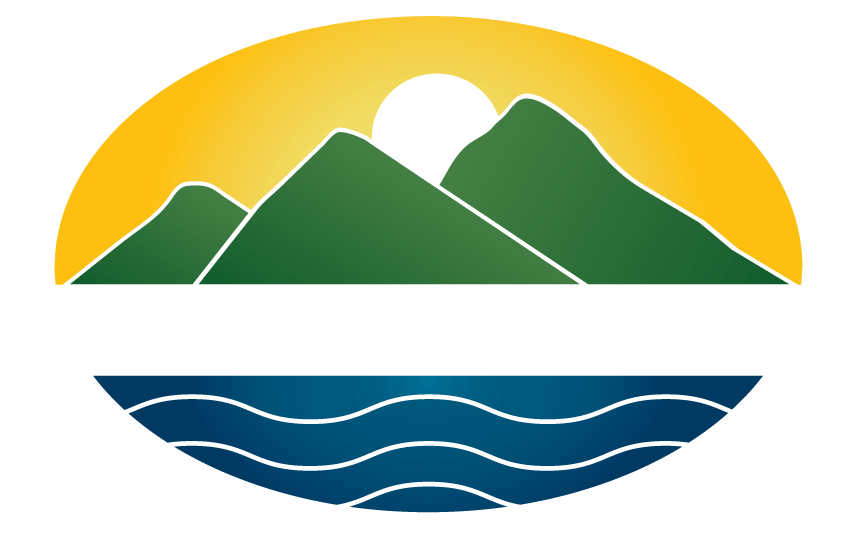Life of the Land opposes unsustainably deep-sea mining that is currently being proposed for the ocean floor. Deep sea mining poses an existential threat to relatively unknown marine ecosystems. We should recycle electronic devices to recover rare earth minerals rather than the current practice of disposing electronic waste in our landfills where it poses threats to health and ecosystems.
The threat is real. The Richardson Law School, the State Legislature, and international activity highlights the need for immediate protect of the ocean seabed.
Life of the Land`s Executive Director served as a practice judge for the Richardson Law School`s Environmental Moot Court team in 2023. The team competed in the Stetson International Environmental Moot Court Competition; the world’s largest moot court competition devoted exclusively to environment issues. Moot court teams must rely on international treaties to justify their positions in a proceeding before the International Court of Justice.
The moot court dispute involved a wealthier country that sought to deep sea mine just outside of a developing country`s exclusive economic zone. The trace minerals located on the ocean seafloor are needed to electrify transportation. Dead sharks thought to be extinct were caught in fishing nets. The developing country wanted to protect its fishing industry and protect the shark species for which their country is named. A private ship used paint ball guns to block the mining ship.
The deep sea mining issue is very timely. There are 17 rare earth metals in the world that are crucial for the transition from a fossil fuel economy to a clean renewable economy. The Pacific Ocean floor contains far more minerals than exist on land.
The minerals are used in rechargeable batteries for electric and hybrid cars, advanced ceramics, computers, DVD players, wind turbines, catalysts in cars and oil refineries, monitors, televisions, lighting, lasers, fiber optics, superconductors, and glass polishing.
Rare earth metals aren`t rare but they are rarely found in large, concentrated deposits. Five countries account for over 90% of the total reserves: China, Vietnam, Brazil, Russia, and India. China hosts most of the world’s processing capacity and thus has an effective monopoly on refining rare earth metals.
The Pacific Ocean`s Clarion-Clipperton Zone is located between Hawaii and Mexico. This region has the greatest underwater concentration of polymetallic manganese nodules containing cobalt and nickel. The 1.7 million square mile area contains enough cobalt and nickel to power 4.8 billion electric vehicles.
The United States Geological Survey asserted that a conservative estimate of over 20 billion dry tons of polymetallic nodules exist in the Clarion-Clipperton Zone manganese nodule field. Trillions of black, misshapen nuggets sit on abyssal plain sediments in water two to four miles deep.
The western Pacific Ocean`s Prime Crust Zone is home to the greatest concentration of cobalt-rich ferromanganese crusts that are located on rock outcrops on seamounts and ridges at water depths between 1000 feet and 4.5 miles. These crusts also contain manganese, nickel, molybdenum, tellurium, platinum, vanadium, and rare earth elements.
Cobalt is currently mined almost exclusively in the Democratic Republic of Congo, a country with nearly 100 million people and an area that makes it the eleventh largest nation in the world. Multiple armies backed by mineral money have killed more than five million people.
The deep ocean seafloor and deep water hydrothermal vents hosts an array of rare and unique sea life in one of the most biologically diverse ecosystems on the planet. The pressure on the ocean floor is 500 times greater than at the surface.
Huge ships would lower pipelines to robots that would scour the ocean floor to locate polymetallic nodules to suck them up to the surface. The deep water vacuuming process creates sediment clouds. Nodules aboard the ship are stripped of sediment that is dumped back into the ocean.
The Hawai`i legislative bills would prohibit “the mining, extraction, and removal of minerals from the seabed in all state marine waters,” and “the issuance of any permit for or in connection with the development or operation of any facility or infrastructure associated with the mining, extraction, or removal of minerals from the seabed within state marine waters.”
The third United Nations Conference on the Law of the Sea took place from 1974 – 1982 and resulted in the international treaty known as the United Nations Convention on the Law of the Sea (UNCLOS). The European Union and 167 countries have joined UNCLOS, but not the U.S.
The International Seabed Authority (ISA) is the organization through which States Parties to UNCLOS organize and control all mineral-resources-related activities in international waters. The ISA has two mandates, to protect the marine environment from any harm from mining and to administer the mineral resources for the good of mankind.
The ISA indicates that the best potential for cobalt-rich crust mining is located in the Exclusive Economic Zones of the United States (Johnston Island and Hawaii), the Marshall Islands and the Federated States of Micronesia. A few dozen applications have been approved by the ISA for deep sea mining.


0 Comments